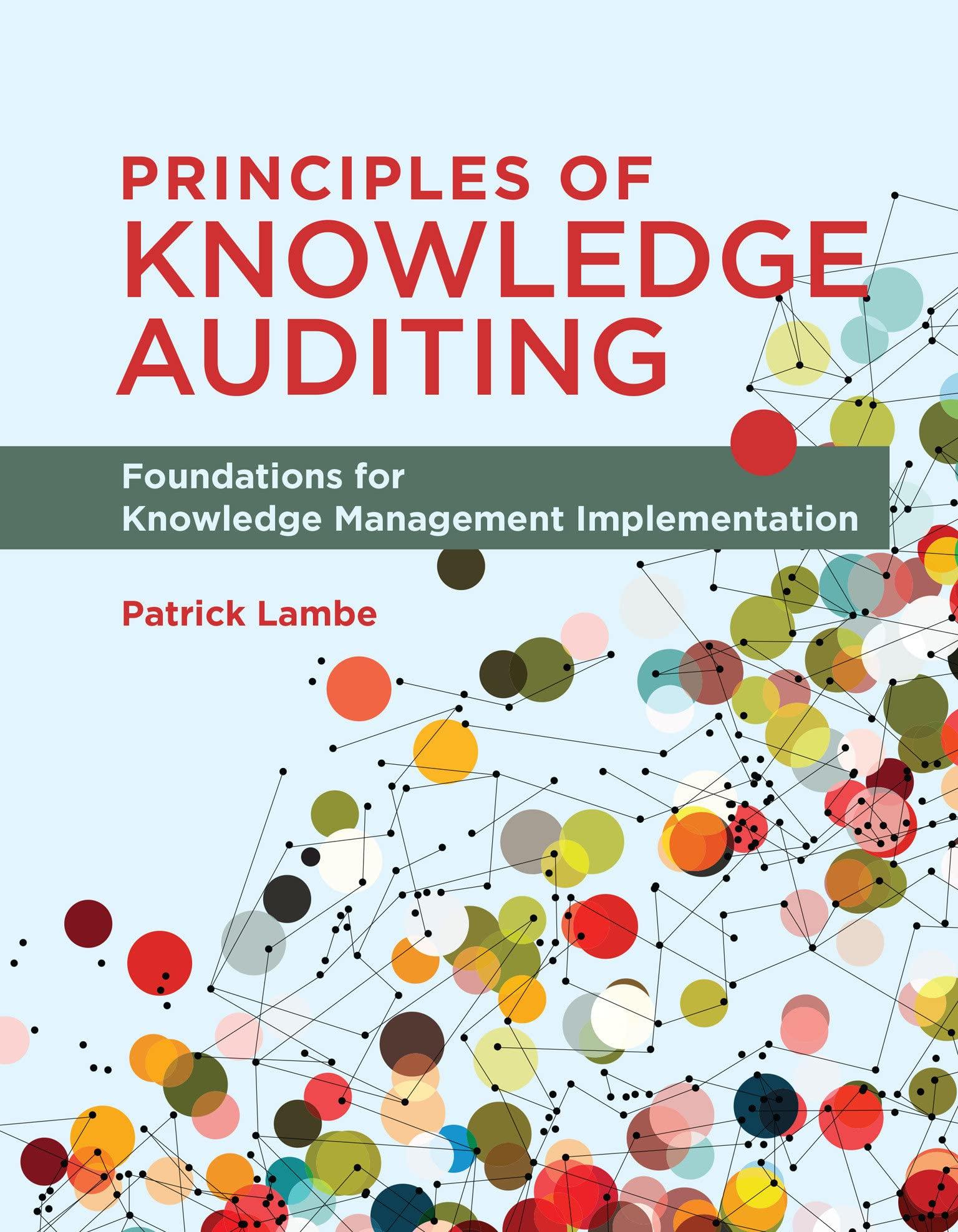Generic Motors Corporation has two product lines, A and B. Its revenue and costs for last year is as follows: Product A Product 8 Total S00 sales volume (units) 250 Revenue Costs direct materials 750 $10,000 $50,000 $60,000 $2,000 $10,000 $12,000 $5,000 $20,000 s25,000 S19,500 $3,500 direct labor OH costs Profit Generic Motors uses ABC to allocate the overhead costs. It examined the main activities in the firm, and decided to break up the total overhead costs of $19,500 into 3 cost pools: "labor-related" - the total cost in this pool is $5,000, allocated based on direct labor dollars "sales-related" - the total cost in this pool is $4,500, allocated based on number of units *"production setups" - the total cost in this pool is $10,000, allocated based on the number of production batches. A is produced in batches of 10 units, and B is produced in batches of 5 units. Required: a) for each cost pool, compute the activity rate and the amounts allocated to product A and product B. (hint: The amounts allocated to A and B from each pool should add up to the total cost in that pool. To allocate the costs in the "production setups" pool, you will have to compute the number of batches. If the total number of batches for A and B does not add up to 125, you are doing something wrong). *"labor-related" pool: activity rate $ per DL$ Labor-related OH costs allocated to A $m Labor_related OH costs allocated to B = $ "sales-related" pool: activity rate $ | per unit Sales-related OH costs allocated to A $ Sales_related OH costs allocated to B = $ *"production setups" pool: activity rate $ per batch Production setups OH costs allocated to A $ Production setups OH costs allocated to B b) using the allocated OH costs from (a), compute the profit margin for product A and product B If you get a negative number, enter it with a minus sign, i.e., enter negative You own a credit card company. You want to evaluate the profita bility of two representative customers, A and B. The numbers for customers A and B are as follows: customer A customer B $500 50 credit card balance number of transactions number of customer-support calls 20 $200 20 1 Your revenues and costs for customers are as follows: *Revenues: The only source of revenue is the interest you charge on credit card balances. You charge customers an interest rate of 20% (20% APR) So, if the credit card balance is $100, your revenue is $100*0.2=$20. Costs: based on the estimates from your ABC system, each transaction costs you $0.5, and each customer-support call costs you $4. Ignore all other costs. Required: a) compute the revenue you get from each customer, and the costs of serving each customer. customer A customer B Revenue Cost of transactions Cost of customer-support calls b) compute the profit margin for each customer. If you get a negative number, enter it with a minus sign, i.e., enter negative $200 as -200 not ($200) profit margin for A $ profit margin for B $ Question 1 (allocating costs using ABC, product profit margin) Generic Motors Corporation has two product lines, A and B. Its revenue and costs for last year is as follows: Product A Product Total s00 $10,000 550,000s60,000 sales volume (unts) 250 Revenue Costs: 750 $2.000 $10,000 $12,000 s5.000 $20,000 25,000 S19,500 s1,500 direct materials direct labor OH costs Profit Generic Motors uses ABC to allocate the overhead costs. It examined the main activities in the firm, and decided to break up the total overhead costs of $19,500 into 3 cost pools: "labor-related" - the total cost in this pool is $5,000, allocated based on direct labor dollars "sales-related" - the total cost in this pool is $4,500, allocated based on number of units "production setups - the total cost in this pool is $10,000, allocated based on the number of production batches. A is produced in batches of 10 units, and B is produced in batches of 5 units Required: a) for each cost pool, compute the activity rate and the amounts alocated to product A and product B. (hint: The amounts allocated to A and B from each pool should add up to the total cost in that pool. To allocate the costs in the "production setups" pool, you will have to compute the number of batches. If the total number of batches for A and B does not add up to 125, you are doing something wrong) "labor-related" pool: activity rate $ per DLS Labor-related OH costs allocated to A = $ Labor_related OH costs allocated to B $ *"sales-related" pool: activity rate $ per unit Sales-related OH costs allocated to A = $ Sales_related OH costs allocated to B $ "production setups" pool: activity rate $ | per batch Production setups OH costs allocated to A Production setups OH costs allocated to B $ b) using the allocated OH costs from (a), compute the profit margin for product A and product B If you get a negative number, enter it with a minus sign, i.e., enter negative $100 as -100, not ($100) profit marain for A









